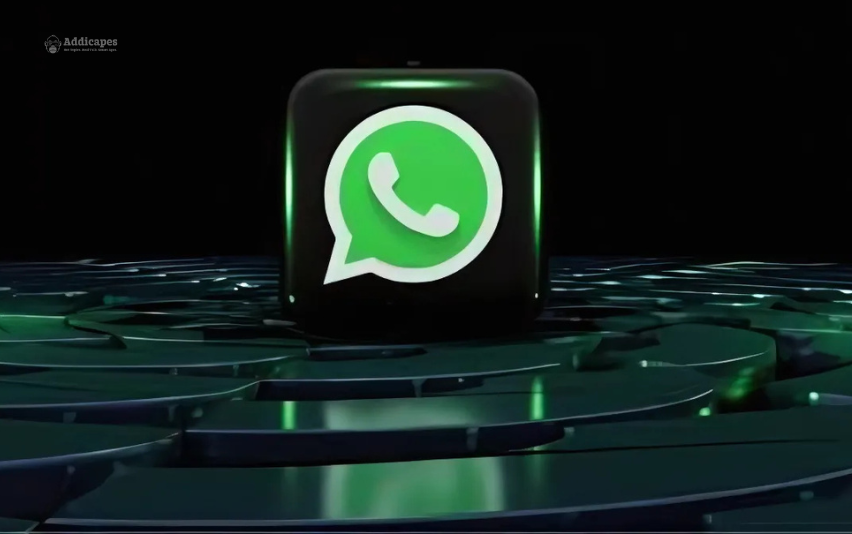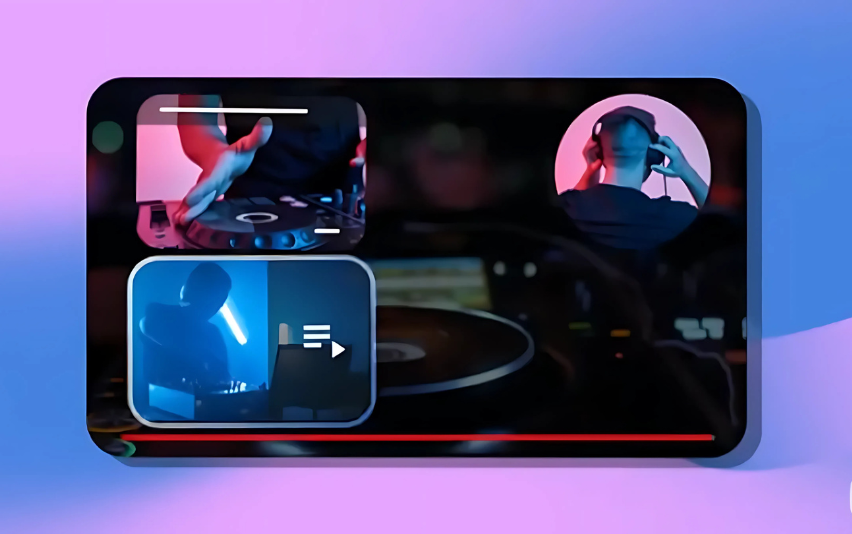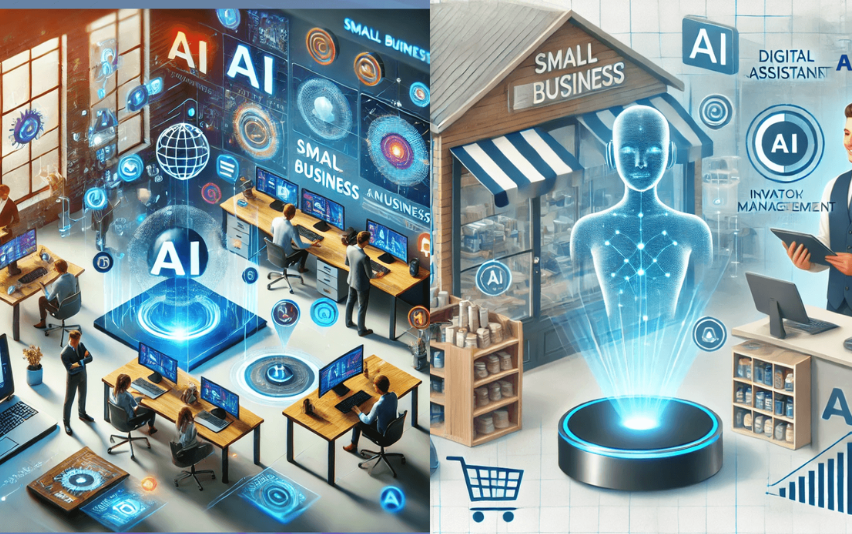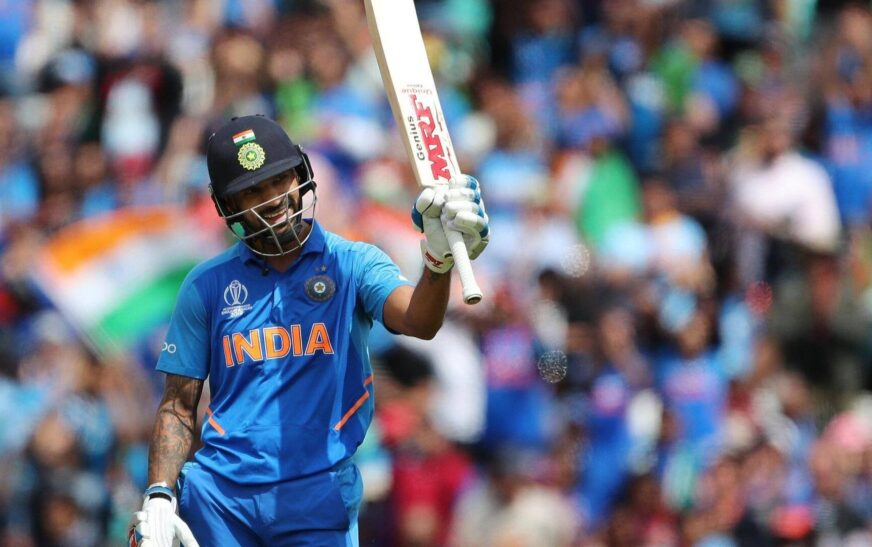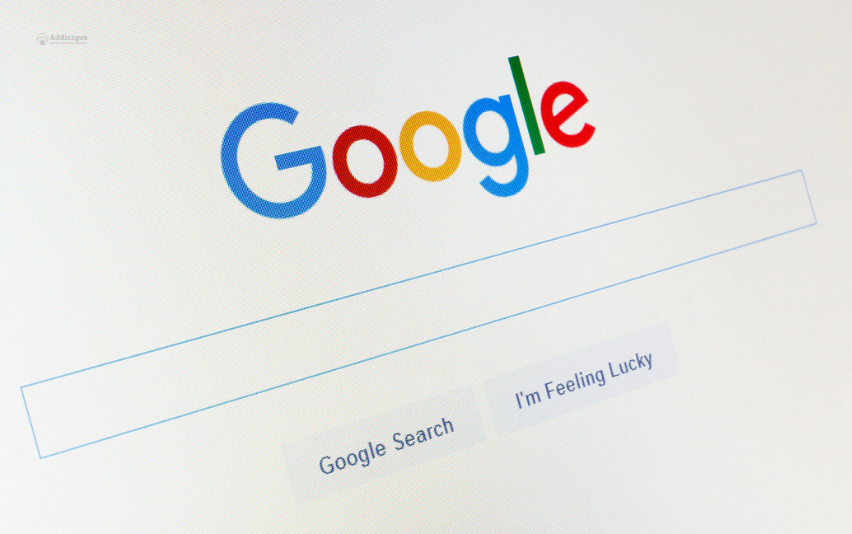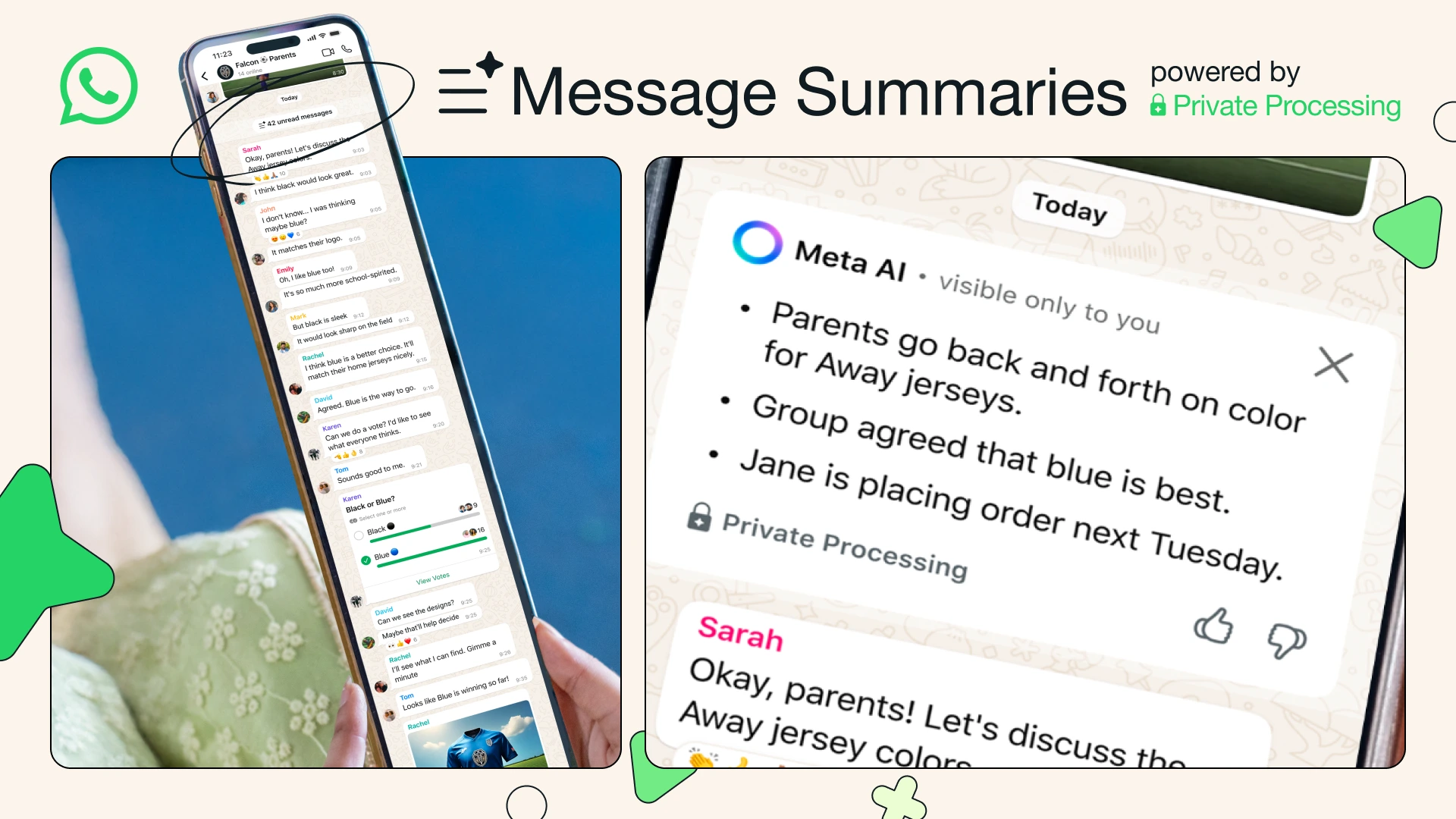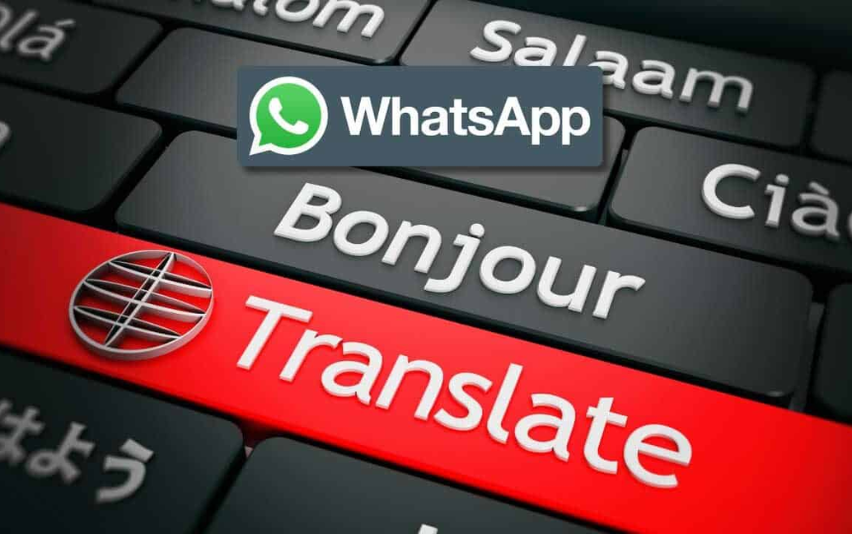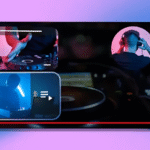WhatsApp, a platform that for many years resisted monetization via ads, has made a bold move in India. At its second annual Business Summit in Mumbai (September 2025), the messaging giant announced a suite of updates that include ads in Status, in-app payments, promoted channels, AI-backed customer support, and more. These features signal a significant shift in how businesses can reach customers, how consumers interact with brands, and how the platform itself generates revenue. For Indian businesses—especially small and medium enterprises—this update opens up new opportunities as well as new challenges.
In this blog we’ll explore what exactly WhatsApp is introducing, how it affects businesses, what strategies to adopt, and also potential pitfalls. Let’s dive in.
What’s New: Key Features Introduced
- Ads in Status & Promoted Channels
- WhatsApp will now allow businesses to place advertisements in the Status section (a disappearing Stories-type content in Updates tab) and via promoted channels that increase visibility in the Channels directory.
- These ads will not appear in private chats; personal messages, calls, and group messages remain end-to-end encrypted and unaffected.
- The format: images or short vertical videos; businesses can create campaigns via Meta’s Ads Manager spanning WhatsApp, Facebook, and Instagram.
- Payments Inside WhatsApp Business App
- Small businesses can now accept payments directly within the WhatsApp Business app through secure channels. One key feature: generating QR codes in one tap so that customers can scan and pay using their preferred payment method.
- This reduces friction (no or fewer redirects), speeding up the sales cycle.
- In-app Calling / AI Support
- Users will be able to place voice calls to larger businesses directly through WhatsApp. In future, voice messages and video calls will be rolled out, enabling enhanced support scenarios (e.g. telehealth).
- Businesses are also integrating Business AI to handle customer queries, scale support, possibly through voice-based automatic systems.
- Unified Campaign Management via Ads Manager
- Businesses can now manage their campaigns across WhatsApp, Facebook, and Instagram via a single dashboard (Meta Ads Manager), using the same creatives, budgets, and setup workflows. This centralisation improves efficiency.
- Dual Platform Flexibility
- Small businesses can now use both the WhatsApp Business App and the WhatsApp Business Platform (API) simultaneously with the same phone number. This means more flexibility: day-to-day interactions using the app, while larger volume or automation handled via Business Platform.
- Citizen Services & Government Chatbots
- WhatsApp is expanding its collaboration with Indian state governments (e.g. Andhra Pradesh, Odisha, Maharashtra, Tamil Nadu) via official citizen service chatbots. These services are offered in local languages and aim to deliver essential services through the platform.
Why These Changes Matter: Opportunities & Benefits for Indian Businesses
- Increased Visibility & Discoverability
Ads in Status and promoted channels add new touchpoints for businesses to reach customers where they spend time. Status has high daily views; this presents discovery opportunities beyond just your contact list. - Reduced Friction in Transactions
With in-app payments and QR codes, customers can complete purchases directly without leaving the platform. Less drop-off, faster conversions. - Streamlined Marketing Operations
Managing campaigns across WhatsApp, FB, IG from one dashboard reduces duplication, saves time, and allows better budget optimisation. - Enhanced Customer Support & Trust
Voice and video calling support, along with AI tools, can improve responsiveness and trust. For many customers, speaking with a business rather than texting can make a difference. - Better for Smaller Businesses
The dual platform use and payment tools give small businesses access to features that previously required higher investment. It levels the playing field. - Government & Citizen Engagement
Offering government services (e.g. citizen service chatbots) creates trust in the platform’s utility beyond just commerce. Also, these services in regional languages help inclusion.
Potential Concerns & Challenges
While the updates bring many positives, there are risks and considerations businesses should keep in mind:
- Ad Saturation & Trust Issues
More ads may lead to users feeling “commercialised” experience. If poorly done (irrelevant or intrusive content), it may erode trust. - Privacy Concerns
Even though WhatsApp claims personal chats/statuses remain encrypted and private, users may still be wary of how ad targeting is done. Transparency will be key. History of regulations (e.g. discussions with Indian authorities) mean scrutiny will be high. - Cost & ROI for Ads
Businesses will need to test and measure whether ads in Status or promoted channels deliver returns. For some, the investment might not immediately pay off. - Technical Adoption & Learning Curve
Especially for small businesses not used to running campaigns, using Ads Manager, creating creatives, handling payments etc., there could be challenges. - Competition
Big brands will likely dominate early, potentially driving up costs for ad placements. Smaller players may need to be more creative or nichified.
What Should Indian Businesses Do to Make the Most of These Features
Here are some recommended strategies:
- Start Small, Test Often
Try running small ad campaigns in Status with limited budget, test different creatives (image, video), test targeting (demographics, location). Measure what works. - Optimize for Mobile & Status Format
Since ads in Status are vertical and short, use mobile-first content. Use eye-catching visuals, short videos, crisp messaging. - Use QR Code Payments Smartly
Promote the QR payment feature: display the QR code in Status, in your channels, or link it in conversations. Make the payment flow seamless. - Leverage AI & Voice/Video Support
Where possible, integrate AI for standard queries; reserve human touch for more complex issues. Voice or video calls can help in sectors like healthcare, education, repair services etc. - Harness Localisation
Use regional languages, cultural touchpoints. Given India’s diversity, tailoring creatives for states or towns can give an edge. - Focus on Trust and Transparency
Clearly mark ads as sponsored. Make customers aware of payment security. Deliver consistent service in customer support. These all help build brand credibility. - Measure, Iterate, Scale
Use analytical tools to track impressions, click-through rates, conversions. Refine targeting, creative, message. Scale what works.
Implications for Different Business Sizes & Sectors
- Large Enterprises & Brands
Will have resources to experiment at scale, integrate with Ads Manager, leverage production value in creatives, exploit promoted channels. Can possibly outbid smaller players but also can set trends. - SMEs & Micro Businesses
These updates are especially useful: QR payments reduce need for external platforms, ads in Status give them visibility. But they will need to be cost-efficient and careful with spend. - Creators & Public Channels
Promoted channels and subscriptions allow creators to monetise, grow audiences. Channels with premium content may attract subscription revenue. - Service-based Sectors
Healthcare, education, financial services etc. can benefit from in-app calling/video, AI support, etc. Localised service delivery and citizen services can leverage government chatbot integration.
Regulatory & Ethical Considerations
- Data Privacy & Compliance
Indian data protection norms, upcoming Personal Data Protection Bill (if passed), CCI regulations—businesses must ensure compliance when using targeting. - User Consent & Transparency
Users should be able to control what they see (opt-out of certain ad categories if possible). Brands must avoid misleading ads. - Fair Access
Ensure that small businesses are not entirely priced out by larger competitors. Meta/WhatsApp will be watched for keeping ad placements fair and accessible.
What’s Next: What to Watch Out For
- Roll-out timing: Although announced, features will roll out over coming months. Some businesses are already testing.
- Expansion of payment/in-app calling features: voice messages, video calls etc. will come.
- Further integration of AI: more advanced bots, deeper automation.
- Regulatory responses: possible changes if privacy or antitrust bodies raise concerns.
Conclusion
WhatsApp’s recent announcements represent a paradigm shift in how Indian businesses can use one of the country’s most ubiquitous apps to grow. Ads in Status, in-app payments, promoted channels, AI support, and unified campaign tools unlock fresh possibilities for reach, conversion, customer engagement, and service.
However, success will depend on how well businesses adapt: creating compelling content, respecting user privacy, measuring ROI, and staying agile. For businesses small and large alike, it’s time to prepare – these new tools might reshape digital marketing and customer interaction in India.
FAQs
Q1: Will ads appear in my private WhatsApp chats or groups?
No. WhatsApp has clarified that ads will only appear in public or semi-public areas — the Updates tab, which includes Status and Channels. Private chats, group messages, voice or video calls between users remain end-to-end encrypted and free from ads.
Q2: How will payments via QR codes work? Is it secure?
Small businesses can generate a QR code in the WhatsApp Business app with a single tap. Customers scan or tap to pay via their preferred payment method. WhatsApp claims these payment channels are secure. But, as with any digital payment method, businesses should ensure they are using updated apps, following best practices, and verifying payment flows.
Q3: Do I need to use WhatsApp Business API to run ads or use promoted channels?
Not necessarily for all ads. Many ad-features are managed via the Meta Ads Manager, which requires a WhatsApp Business account (or linked Page), and for some advanced automation or high messaging volumes, businesses may use the Business Platform (API). The dual usage (app + API) is now allowed on the same number for more flexibility.
Q4: How can businesses ensure a good ROI from Status ads?
Some tips:
- Use engaging visuals and vertical video formats
- Localise content
- Target precisely (demographics, location, interests)
- Start with small budgets and measure performance
- Iterate creatives and messaging based on analytics
Q5: Are there any risks or downsides I should be aware of?
- Increased ad costs if competition is high
- Potential user fatigue with more ads
- Mis-oriented ads that annoy users may harm brand reputation
- Need to ensure privacy compliance and transparency in data usage
Q6: When will these features be fully available, and who can access them first?
The rollout is phased. Some features (ads in Status / promoted channels) are already being tested by select businesses and beta users. Over the coming months, WhatsApp plans to make them more widely available across India. Larger businesses and those already using Meta’s ad tools may get access sooner.

